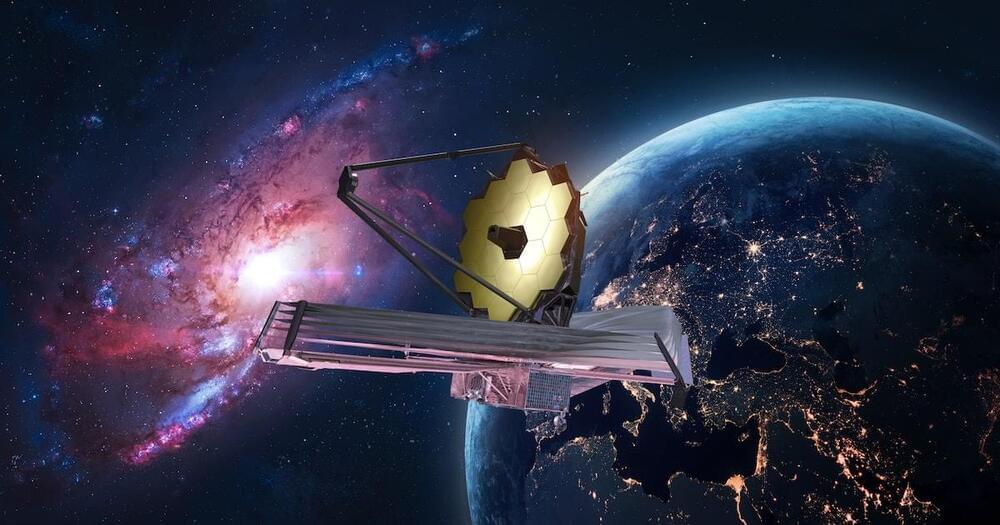To say that the formation of the earliest galaxies a few hundred million years after the Big Bang was a momentous occasion is an understatement. Since astronomers first proposed they were their own “island universes” a century ago, the line of galaxies we have been able to detect has been pushed further and further away and further and further back into the history of the universe—all the way back to the first era of the emergence of galaxies.
This week, a new candidate for the earliest galaxy — and the earliest to be confirmed spectroscopically — has been identified, dubbed JADES-GS-Z13-0. It formed just 320 million years after the Big Bang, when the intergalactic medium was still made up of murky, neutral hydrogen. A pair of studies published this week in Nature give a peek at not just the most distant galaxy yet discovered, but the processes that have shaped matter in the Universe ever since.
The four distant galaxies were discovered as part of a collaboration between two teams using two different instruments on JWST. Beginning in the early 2000s, the Great Observatories Origins Deep Surveyor (GOODS) used the Hubble and Spitzer Space Telescopes along with the Chandra and Newton X-ray Observatories and various ground-based telescopes to image two sections of the sky as deeply as possible.










Comments are closed.